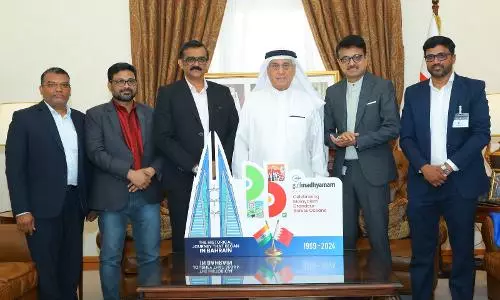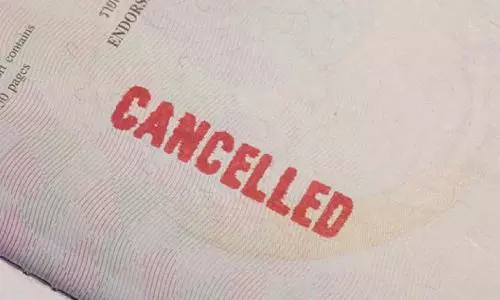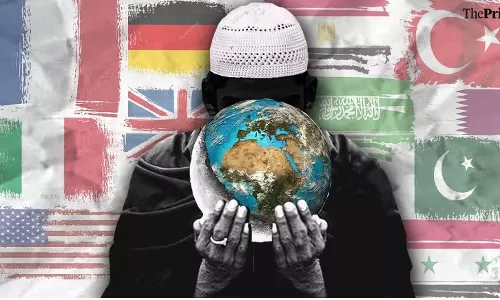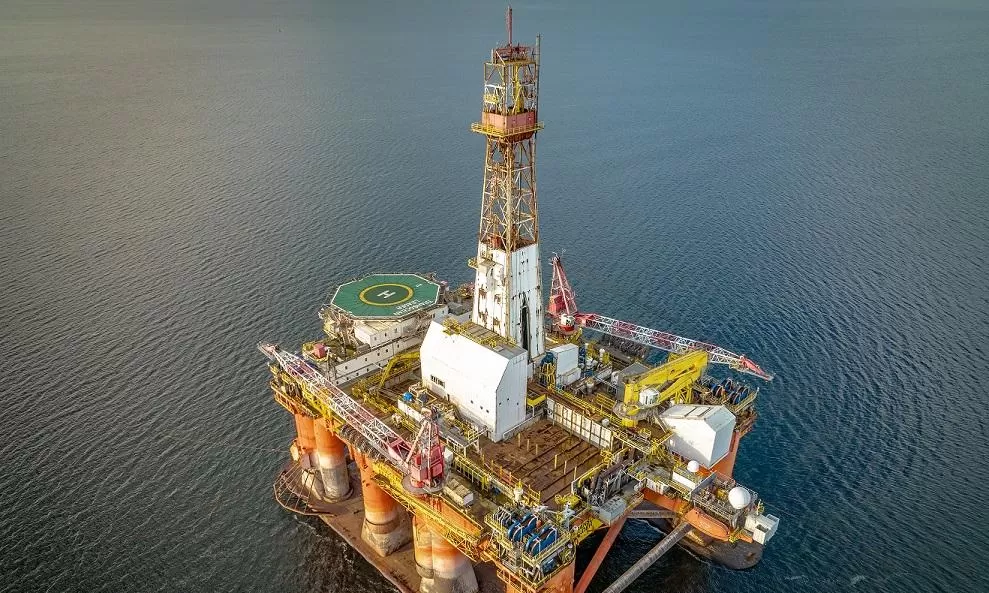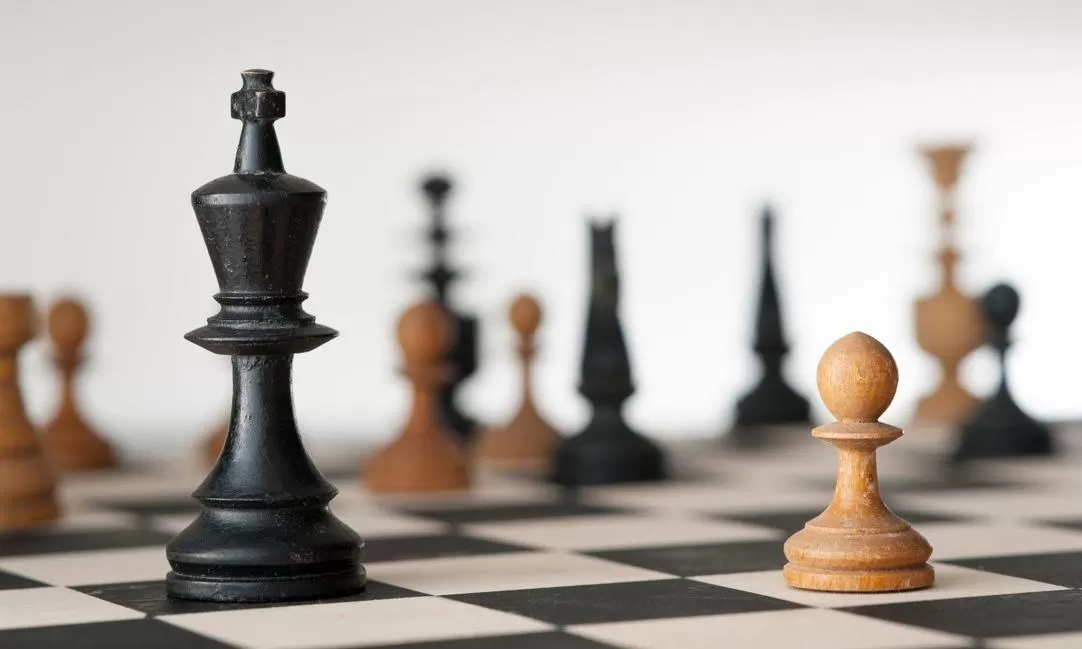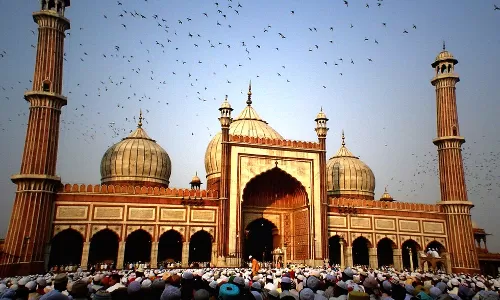
Solar lessons for India from Morocco's Hollywood city
text_fieldsWith Atlas Mountain on one side and the vast Sahara on the other, Ouarzazate -- also known as Morocco's Hollywood, where films like "Gladiator" and TV series "Game of Thrones" were shot -- has become, in a record time of three years, home to the world's largest concentrated solar power plant, holding many a lesson for India.
Spread over 3,000 acres in south-central Morocco, the Noor Solar Plant 1 uses CSP technology instead of PV panels and aims to tap carbon emissions by 280,000 tonnes per year once it becomes fully functional in 2017.
Now a prized possession for Morocco, the pioneer of clean energy in Africa and host of the just-concluded COP22 climate conference, the 160 GW plant, which is operated by the Moroccan Agency for Solar Energy (MASEN), is all set to reach its peak 580 GW capacity by 2022.
"In 2013, nothing existed here. We built from scratch, right from levelling the ground to installing operational infrastructure to produce 600 GW," said Rashid Mohammed, the Director (Construction) of Noor 1, one of the four planned units of the plant which is functional.
Built for $9 billion, the plant will fulfil the energy demands of over 1.1 million people.
The other three units will be functional by 2017, 2020 and 2022, all using the latest Concentrating Solar Power (CSP) technology that uses heat to produce steam that powers the turbines to generate electricity. The conventional technology employs photovolatic (PV) panels.
"There are over 555,000 CSP mirrors installed. The mirrors focus the sun's light and heat up a synthetic liquid up to 400 degrees, that flows through pipes at the focus of the mirrors. When mixed with water, steam produced from this process drives a turbine and generates electrical power," a technician explained.
Though CSP is more expensive to install, unlike the widely used PV panels, it enables the storage of energy for nights and cloudy days.
"The price is cheaper, it's about 14 cents for peak hour. For Noor 1, the price had dropped by 42 percent, we hope that they would further drop," an official said.
"The plan will provide 42 per cent of total power demand of Morocco by 2020 and 52 per cent by 2030," MASEN officials said.
The Climate Investment Fund (CIF) says that Morocco depends on over 90 percent of fossil fuel imports to meet its energy demands. The Noor plant is seen as Morocco's giant leap to clean energy and a reason why it was chosen to host the 22nd Conference of the Parties to the UN Framework Convention on Climate Change (COP22).
Climate Action Tracker places Morocco among those few countries whose mitigation plans are sufficient to meet its NDCs (Nationally Determined Contributions) -- the plans of every country to apply the 2015 Paris Agreement.
As per experts at COP22, the Noor project has come up at a time when demand for energy in Morocco increased to about seven per cent annually.
The Moroccan power company believes that the project will positively impact the surrounding area. With about half a million people in Ouarzazate and 23 per cent poverty, the hope is that a better supply with cleaner energy would reduce the flickering lightbulbs and malfunctioning hospital equipment.
India pioneered the International Solar Alliance (ISA), which was singed by over 21 countries, including France, at Marrakech during COP22, and its solar mission is the fastest-growing in the world.
The lessons, however, India can learn from Morocco is the record time in which Noor was made functional and the technology it is using. About 300 million people in India have no access to electricity at all.
"India has its own ambitions and it's on track to meet its solar targets. However, there will be challenges in storage and balancing," Karan Mangotra, Fellow, The Energy and Resource Institute (TERI), said here on the sidelines of COP22.
According to Mangotra and many other solar experts, India's distinct geographical location and resources are different and hence it would not be right to co-relate the numbers from Morocco, especially its target of 52 per cent solar power by 2030.








